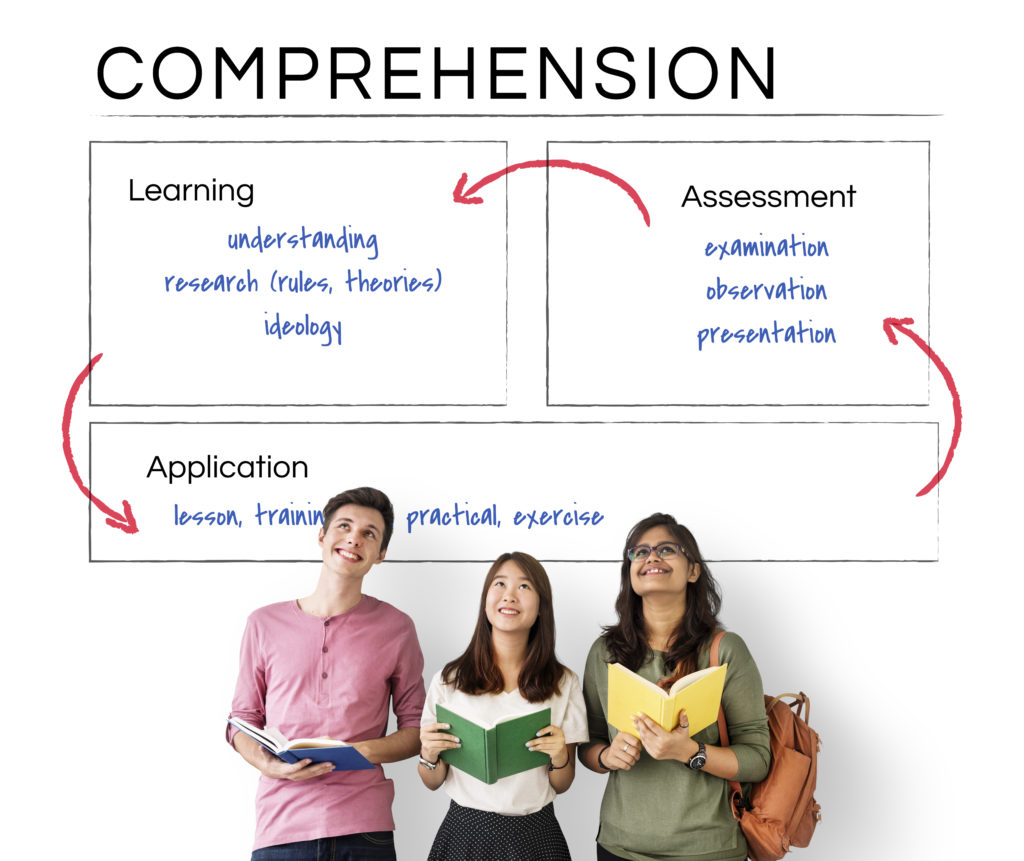
Understanding reading disabilities can be a challenge for many teachers and parents. Children that are struggling readers may struggle with their academic achievement. They may have difficulty keeping up with their peers in the classroom because they are unable to read grade level material. Early intervention and diagnosis of a reading disability allows parents and teachers to create a plan that best suits the child’s reading abilities. Moreover, understanding the different types of reading disabilities can enable children with reading challenges to receive targeted reading interventions.
1. Phonological Awareness
Phonological awareness is a child’s ability to understand sounds of letter combinations and how they combine to form words. Phonological awareness is a fundamental building block for children that are learning to read. Deficits of phonological awareness in children can affect a young reader’s ability to build important reading skills. Parents that can provide early intervention for children struggling with phonological awareness is the most efficient way to assist a child with a reading disability.
2. Fluency
For a child to be considered a fluent reader, they are able to demonstrate reading with speed, accuracy and proper expression. Children that struggle in the area of fluency will have reading deficits due to having to exert their mental energy on decoding words instead of understanding the content. LightSail’s Fluency Builder tool helps students develop their oral fluency, speaking, and listening skills.This tool is a great way for parents to monitor their child’s fluency progress.
3. Comprehension
A reading disability in the area of comprehension is most often associated with deficits in the area of phonological awareness and fluency. If a child is having difficulty understanding what they read, parents may want to consider interventions for their child in the other two areas. On the other hand, if a child is having difficulty with comprehension but has good phonological awareness and fluency, their comprehension difficulty may coincide with other reasons. The child may be having difficulty with focusing or sustaining attention while reading. Lightsail Personal Reader allows children to adjust settings that fit their needs to assist them with paying attention to the text. Teaching a child how to use the Personal Reader may be the answer to helping them increase their reading comprehension.

Posted on 9.Sep.21 in Struggling Readers




